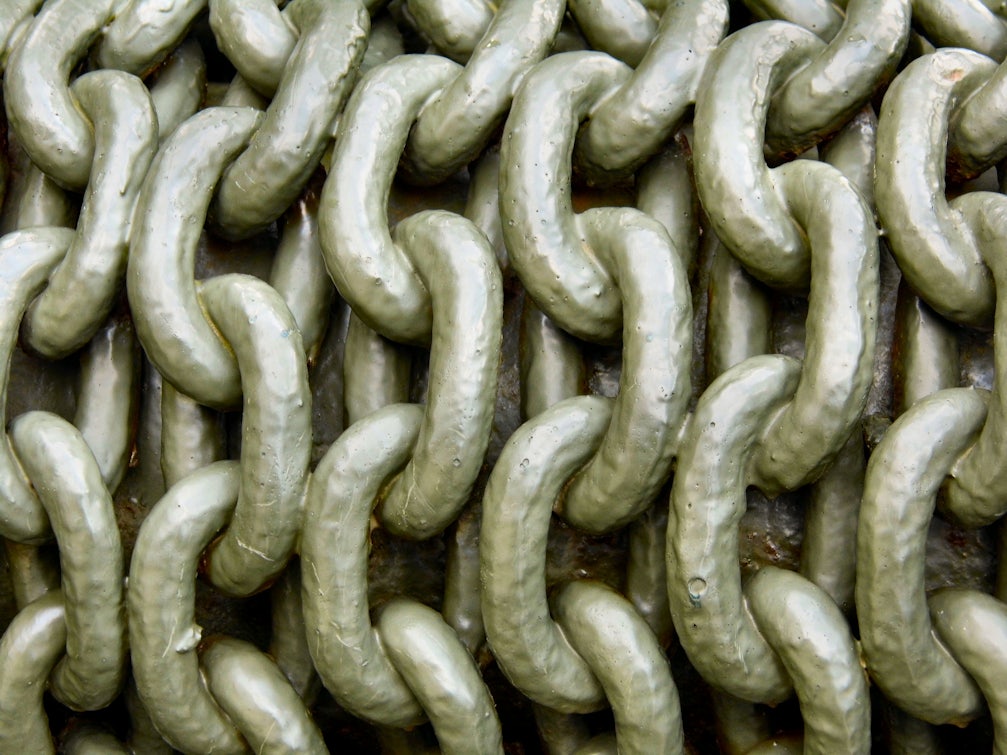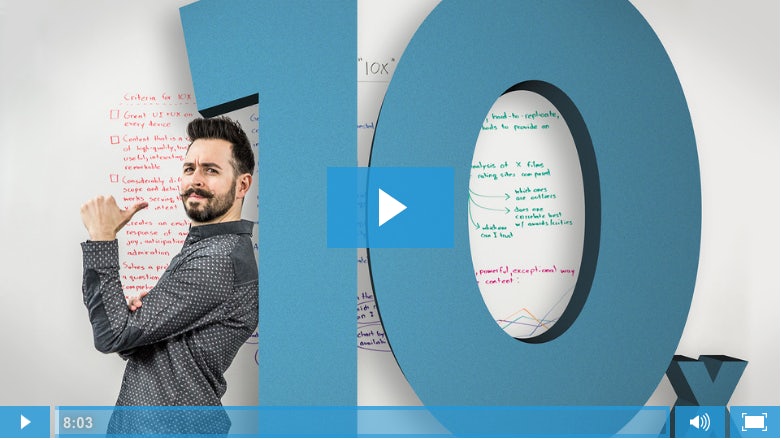What is a ‘natural link’?
It’s arguably the holy grail for SEO and digital PR teams – a campaign which allows you to earn powerful natural links from respected, relevant websites to boost yours or your client’s’ website, organically and without you ever having to ‘ask for the link back’.
By ‘natural’, I’m talking here about links from places which have a natural affinity to your business or your customers (or both) for SEO purposes, earned through a combination of the quality of your content, your digital PR campaign strategy and your overall outreach approach. Call it an ‘organic link’ if you prefer – either way, it’s all just good old fashioned PR, repurposed and made to work harder for your business online. (Check out Cory Collins for SearchEngineWatch for more on defining natural, organic and relevant links).
For the purpose of this blog, though, I care less about what we call them and more about how we can make them happen, more frequently and as ‘naturally’ as is possible in the manmade digital marketing landscape. Hence, I’ve created a quick list of takeaways – a checklist to help your next digital PR campaign earn natural, organic links by the bucketload.
Have something to say, and say it better than anyone
So you’ve got something newsworthy to talk about from your own business your client. Maybe there’s an opportunity to talk about a hot industry topic with authority, or you’ve devised a new piece of content that’s spot on for your target audience. Now what?
Now, think again. Is that all actually true, or do you just want it to be? (See Why Good Unique Content Needs to Die and How to Create 10x Content from Moz’s Rand Fishkin for everything you need to know on this subject and more). After that, if the idea’s still good enough you’ll know. And the opposite’s also true, so trust your gut and be your story’s biggest critic from the start.
Earn it
Giving journalists or publishers a reason to link is the strongest single tip I know. It could be a business white paper that’s hosted on your website with full details of a research project, a video case study with more details about the news you’re talking about, or a thought leader’s take on the current news agenda. It could be a full-blown content marketing piece. Whatever your strategy, make the link part of the story rather than just a by-product.
Valuable, naturally earned links aren’t easy. It takes something special above and beyond the usual ‘cut and paste press release’ – extra-special food photography from a restaurant, proactive, preemptive Budget-day responses from a small business, detailed long-form content or spotting upcoming news stories using a PR calendar. In all of these cases, the PR comes first, and the link follows.
Create the link for them
It’s amazing how many press releases or feature pitches still go out without a single URL. included. While there’s plenty of debate around how much prevalence to give URLs in a piece without it being spammy, they still need to be in there every time. Good tips include adding links to genuinely relevant further information within your articles, or providing fantastic photography for a story that comes with a photo credit to your site.
Plan your attack
This is where the best PR techniques really come into their own. Knowing publication deadlines, best days and times for sell-ins and individual ‘idiosyncrasies’ of different media outlets let you choose the best time for outreach to give your story the best chance of landing. This is where planning months ahead, not just days, gives you the edge and gets journalists on your side.
If you’ve got a team working on the same campaign, consider using a tool such as Buzzstream to manage media lists smartly and avoid any embarrassing crossovers.
It won’t always work
It sucks, but it’s true. Sometimes you can do everything right but for some reason, the mother of all stories just doesn’t land like it could or should. The trick to the most successful digital PR campaigns is not to try and remove every possible situation where this might happen. Instead, do what you can from the steps above to minimise the danger and then constantly be critical of your campaign. Don’t be afraid to pull the plug if you sense it simply isn’t working. Try not to agonise over lengthy post-mortems either; stop and review (briefly) as a team how it was executed; what did and didn’t work, and what could be done better next time. Then do it again!
Natural mentions vs natural links – consider where Google’s headed
“I’d personally argue — though without any evidence, of course — that Google’s goal is one day to consider every natural mention of a brand as a “link” (for all intents and purposes). Google’s algorithm is nowhere near smart enough — but it will probably be one day.”Samuel Scott, Logz.io
This sums up exactly where I believe Google is going, and it’s good news for PR and SEO. If Google’s aim is, as it’s always been, to keep delivering the most relevant results for every search query then natural mentions must surely come into play alongside links at least, if not already then certainly in the not-too-distant future. Links remain one Google’s strongest individual ranking factors, of course, but natural mentions from PR, social and from relevant places will increasing count alongside natural links.
For far more detail on all of this, check out Samuel Scott’s recent Advanced Guide to Online Publicity Campaigns or his not-so-recent Introduction to PR strategy for SEOs.
(Image credit – Flickr – Siaron James – CC BY-SA 2.0)




